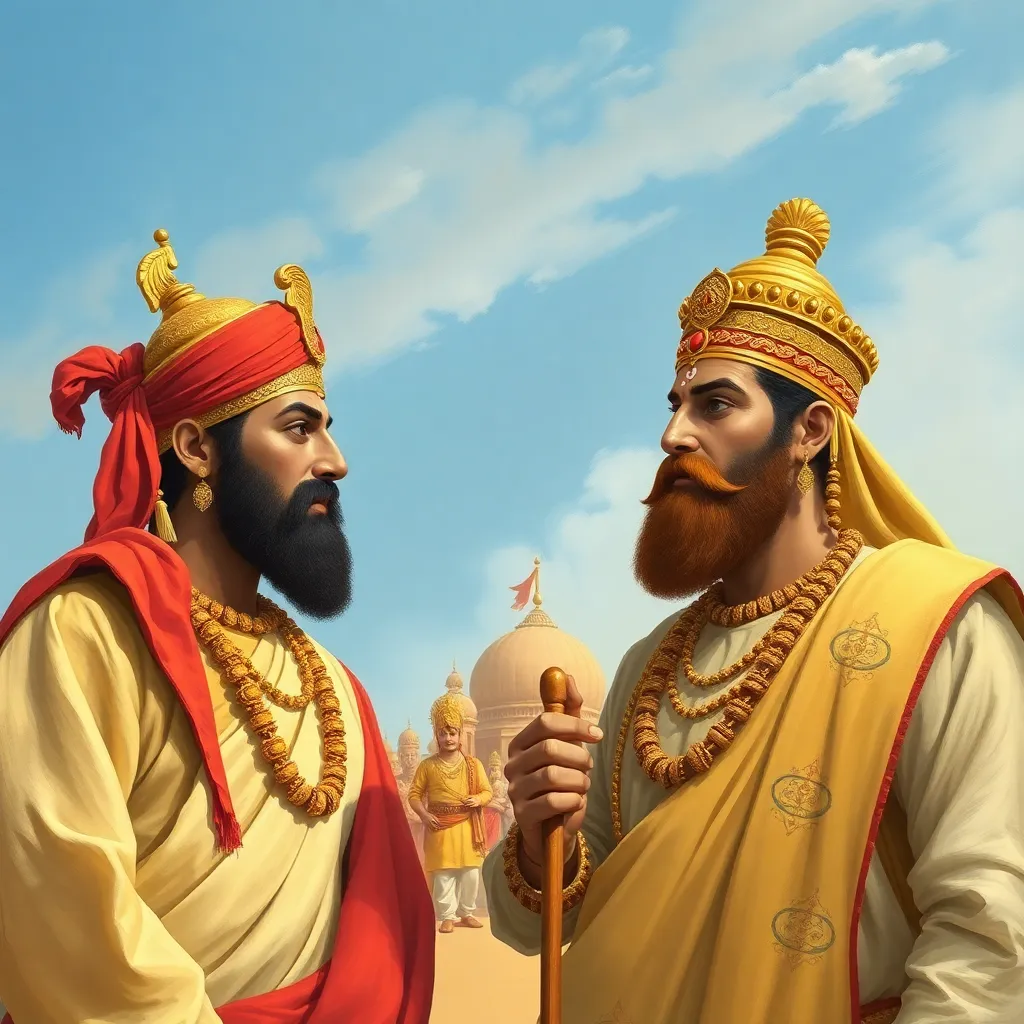
04-Nov-2024 , Updated on 11/4/2024 9:24:52 PM
Rajput Kings of India Known for Their Words: History of Royal India
The pride of the Great India is associated with Rajput Kings, grand palaces, brave knights, and stories of honour and dignity.
These were rulers, most of whom were from the northwestern parts of India and have made significant contributions to the history of the country. Famous for their honour and their courage not to break a promise, however, they are more well known for their culture and tradition than they are for their martial abilities.
The Rajputs developed as distinct warriors in the 6th century AD. They fought for the sake of honour and could be chivalrous, brave, and follow a strict knightly code in as well as out of war. The word ‘Rajput on its own means the son of a king, and these warriors had a lot of pride when it came to their bloodline. They also understood the theory of the Essance of Kingship, ‘Raj Dharma'—the moral code of conduct stating the king must safeguard his people and maintain law.
Out of all the Rajput kings, the most popular was Maharana Pratap of Mewar. For his undemining spirit, he is famed for his fight against the Mughal Empire, especially the battle of Haldighati in the year 1576. Still, Maharana Pratap resisted, as he was expected by the Rajput code of wars, which prohibited them from giving up. Due to his loyalty to his land and its people, he has become the embodiment of Rajput honour and endurance.
Another historical character is equally worthy of note, and that is Raja Man Singh of Amber, a valuable asset of the Mughal Empire, particularly of Akbar. Man Singh was not only a warrior but also had a diplomatic nature and charisma to bring the Rajputs and the Mughals together. Thus, it is possible to say that Rajput's leadership is multilayered, as well as illustrated by his political manoeuvres that did not betray his loyalty to his clan.
The Rajputs were also involved in the architectural work of the country. They constructed forts and palaces more as engineers and artists committed to translating designs and visions appropriately. There are so many great examples, such as the Amer Fort in Jaipur, the Mehrangarh Fort in Jodhpur, and the Chittorgarh Fort, to mention but a few. It was not only used as barracks and battlefield fortresses but also represented the power and authority of these people. Presently, they remain part of history tourism and are a favourite spot for tourists and history lovers.
Traditionally, the Rajputs have been great patrons of arts and culture, music, literature, dance, drama, etc. of India. This also contributed to the development of different types of traditional music and dances and such excellent paintings as those that prove their courage and way of living. The most noted Rajputana painting style is still much admired because of the richness of the colour and the delicate detail work and is also often used ornamentally.
Rajput Kings of India: A Legacy of Valour and Honour
The Rajput clans even today have a decisive role in the conduct of the state’s political and social phenomena; we have witnessed this in the movie “Padmavat.” Based on the story of Rani Padmini, the queen of the Rajput kingdom, this movie airs Rajput culture mainly on honour, sacrifices, and loyalty. However, deep controversies were created by the movie, but again, interest in the grand history of Rajputs and their unambiguous dedication to their principles was again awakened.
But there are always shades when it comes to the Rajput kings. One of the best-known forms of violence practised earlier among Rajputs was the sati, where the widow would put herself to fire on the funeral pile of the husband. Even though some people decided to shave their heads willingly, they are now faced with some ethical concerns about gender roles and societal expectations. Learning about this part of Rajputs’ past is significant to gain a more general picture of their past.
All things considered, the Rajput kings of India are synonymous with courage, pride, and word, both bound to exemplar. The life experiences of heroes and Shahids remain ensemble in the guidelines as long as future generations. While studying royal India, it is important to understand that the Rajputs were not only warriors but artists and people with many-sided personalities in India’s colourful past. What they achieved in their lives has been engraved in their hearts and is precisely reminding the generations of the importance of honour. Thus, the next time you read or hear about Rajputs, do not think of them as mere warriors whose fate was decided by their swords alone but as a culture of people who died for their honour.

Student
hey there! i am a student currently pursuing my bachelors with a keen interest in writing., I am fueled by a deep love for storytelling and a flair for creating captivating narratives. Armed with a passion for language and a keen eye for detail, I strive to craft compelling copy that leaves a lasting impact.
Join Our Newsletter
Subscribe to our newsletter to receive emails about new views posts, releases and updates.
Copyright 2010 - 2025 MindStick Software Pvt. Ltd. All Rights Reserved Privacy Policy | Terms & Conditions | Cookie Policy